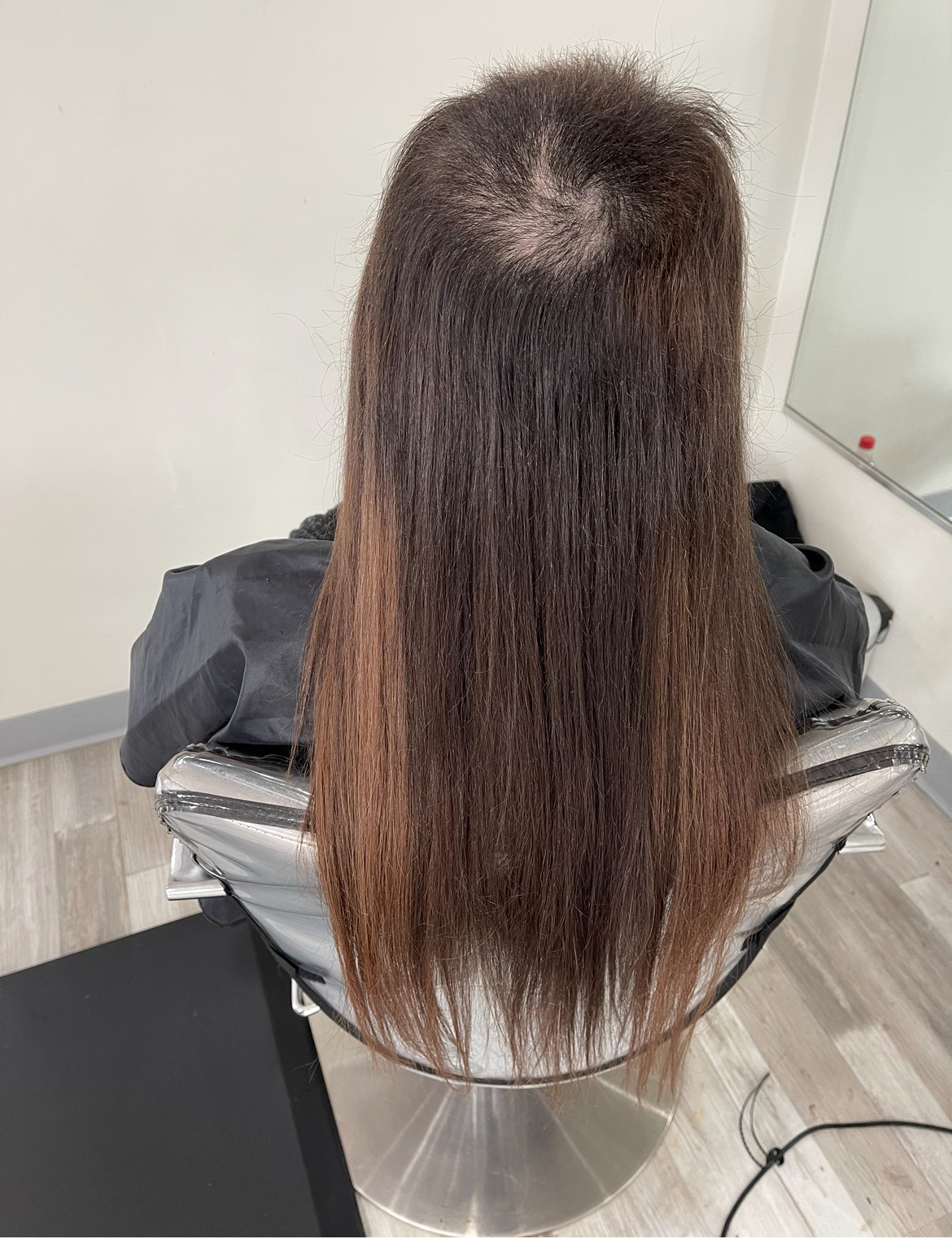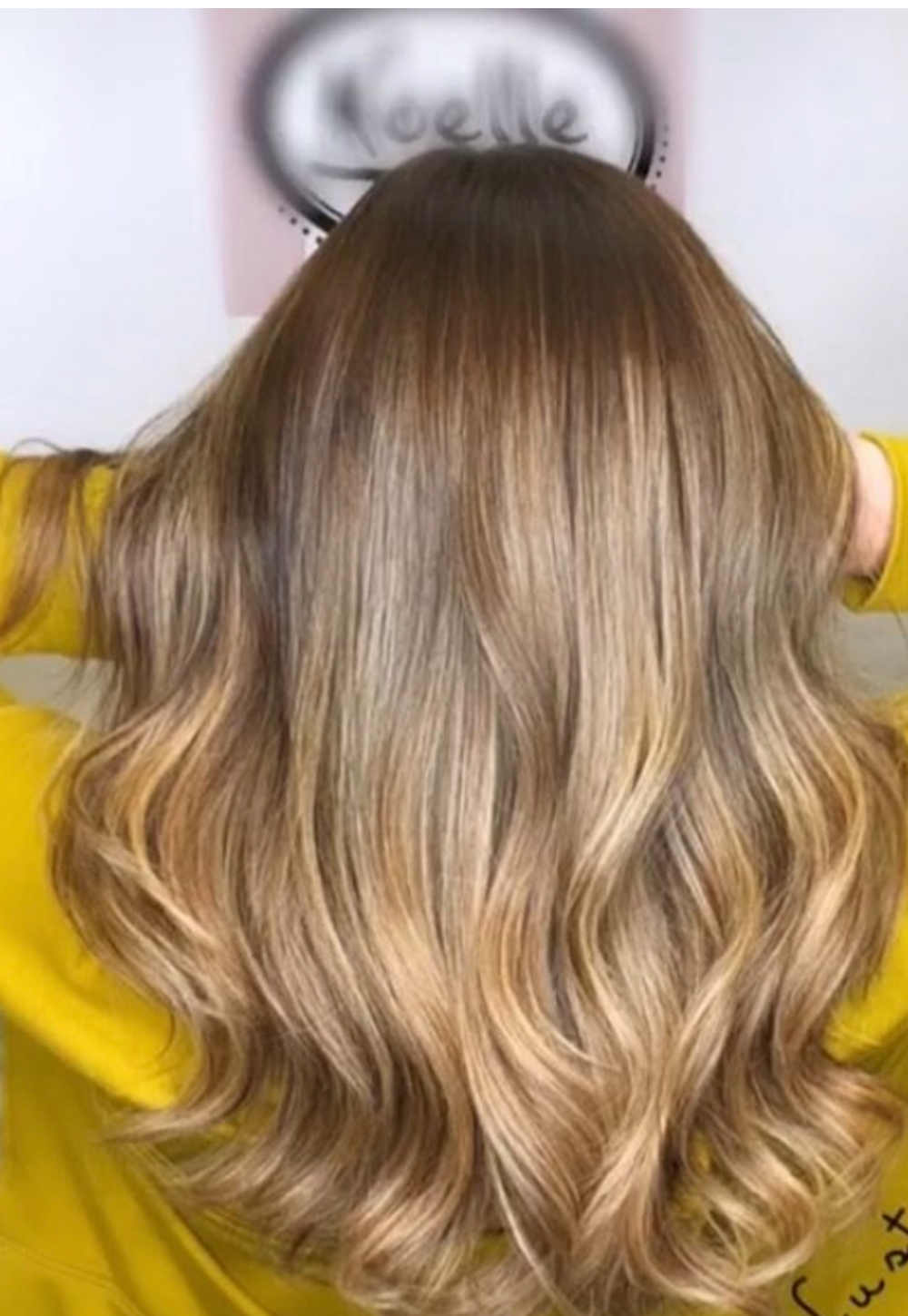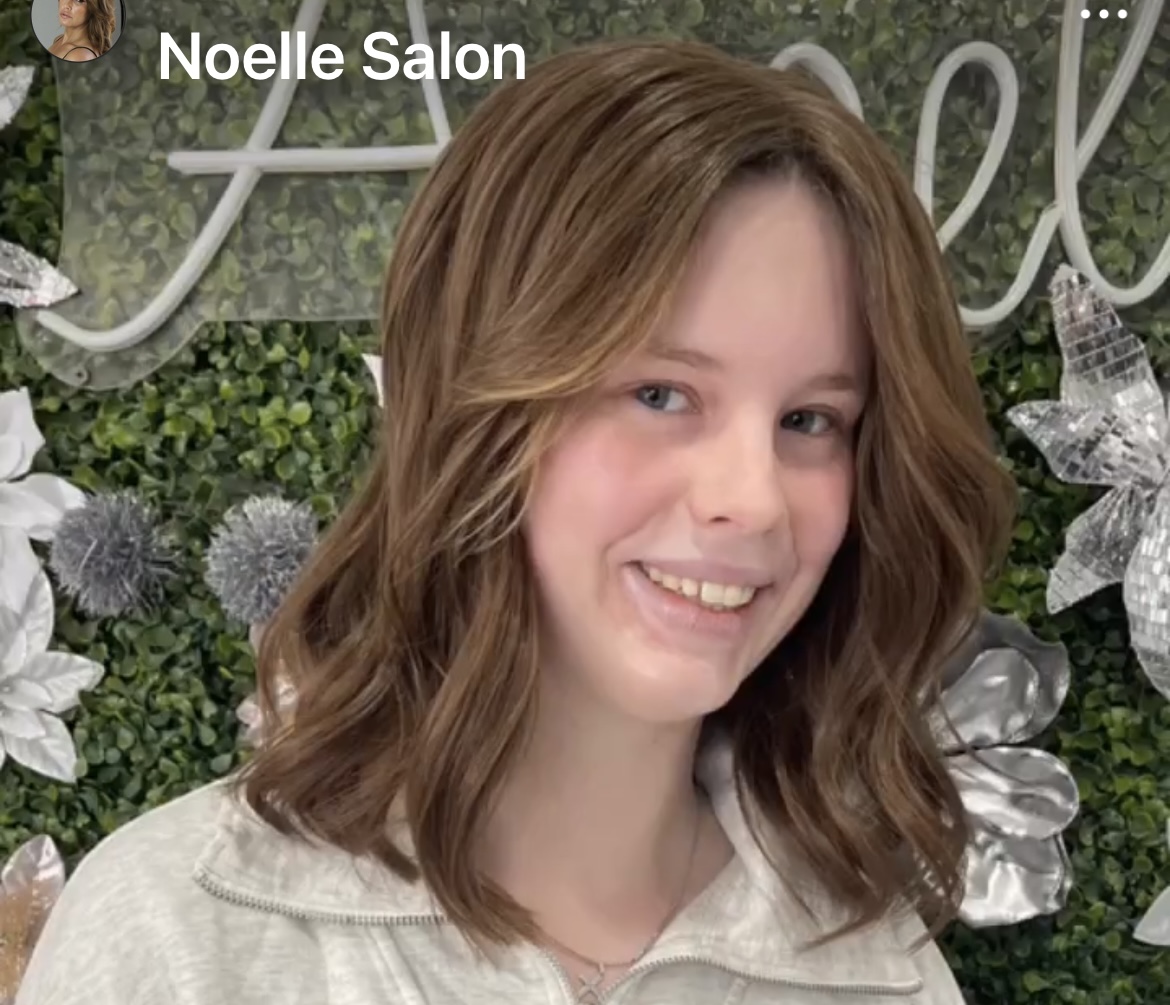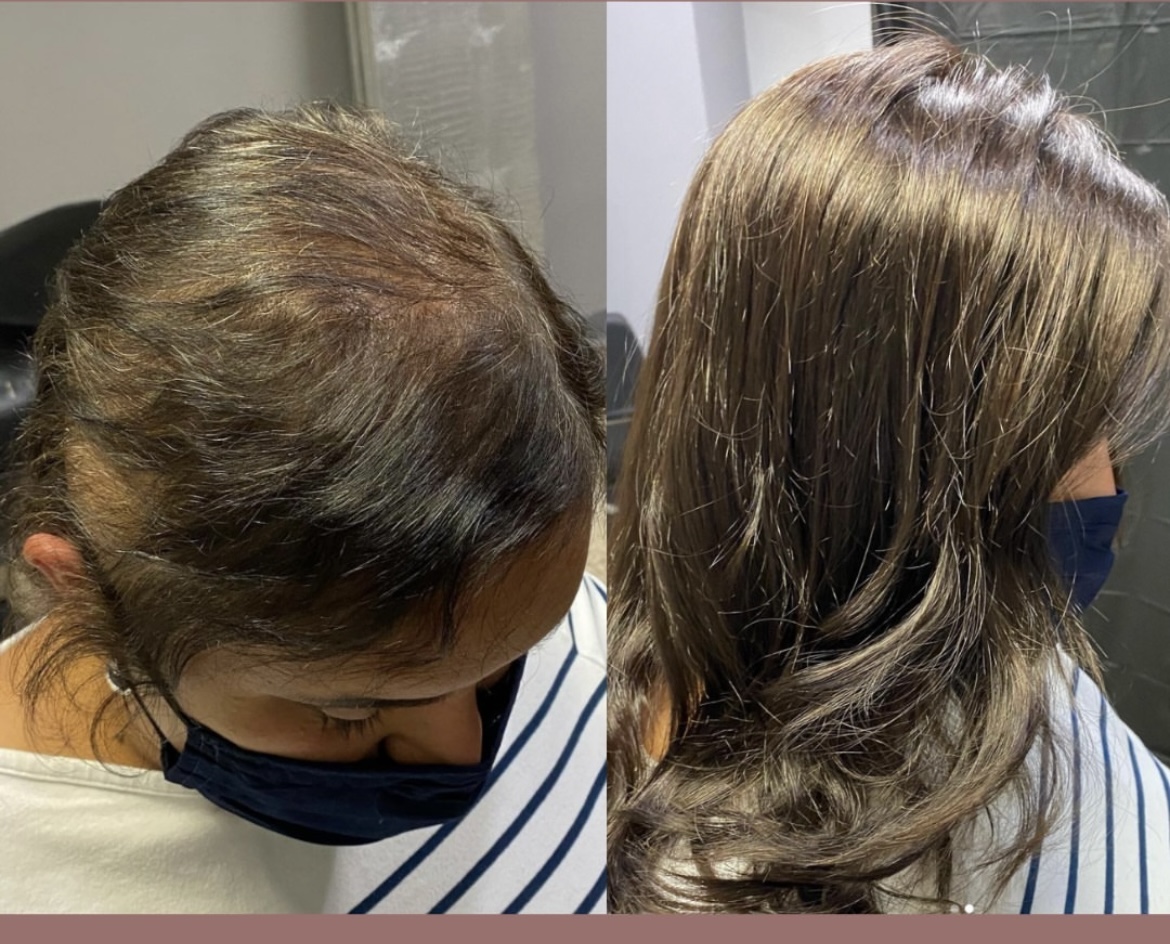Boston Success Stories: Empowering Trichotillomania Regrowth
·
Overcoming Trichotillomania: Inspiring Tales
Trichotillomania (TTM), also known as hair-pulling disorder, is a form of impulse control disorder that affects millions of people worldwide. It is characterized by repetitive behaviors of pulling out one's own hair, leading to physical damage, bald patches, and hair loss. TTM can impact scalp hair, eyelashes, eyebrows, and other body hair, often as a response to stress or in relation to stressful situations, causing embarrassment, discomfort, and a sense of relief to sufferers. In this blog, we will explore the science behind trichotillomania, recognize its symptoms, discuss treatment options, and share inspiring tales of individuals who have successfully overcome this condition. Let's delve into the world of trichotillomania and discover the hope, resilience, and triumph of those who have conquered it.
Understanding Trichotillomania
Trichotillomania, often referred to as trich, is not simply a habit but a complex mental health disorder and condition that may require medical attention and therapy. The irresistible urge to pull out hair can be overwhelming, and sufferers often find themselves pulling strands of hair due to feelings of boredom or stress without even realizing it. Additionally, brain chemistry may play a significant role in trichotillomania, as it can begin at a young age, with distinct memories of hair pulling in middle school or high school, or it can develop later in life. Regardless of when it first occurs, trichotillomania can have a significant impact on an individual's physical and emotional well-being.
The Science Behind Hair Pulling Disorder
Trichotillomania involves repetitive behaviors of pulling hair, which results in physical damage to the scalp, eyelashes, eyebrows, and pubic hair, along with other body hair. This condition can lead to bald spots, bald patches, and hair loss, causing embarrassment and discomfort for sufferers, especially during puberty depending on the severity of the symptoms. Trichotillomania is not limited to pulling out hair; it also encompasses behaviors such as wigs, shaving, or other strategies to hide the hair loss, including options like hair transplant treatments.
Recognizing the Symptoms
Recognizing the symptoms of trichotillomania is crucial to understanding and seeking appropriate help to improve quality of life. The disorder is characterized by recurrent hair pulling, sometimes using tweezers, resulting in hair loss and negative effects on self-esteem and emotional issues. Sufferers often experience feelings of tension before pulling, followed by pleasure or relief during pulling, and then shame or guilt afterward. Trichotillomania can have a significant impact on social life, work, and self-esteem, making it essential to seek treatment options to regain control of hair-pulling behaviors and enhance quality of life.
Treatment Options for Trichotillomania
When it comes to trichotillomania, there are various treatment options available to help individuals manage and overcome the condition. Traditional therapies, alternative approaches, and the role of hair toppers are all avenues to explore in trichotillomania recovery.
Traditional Therapies - CBT for OCD
Cognitive-behavioral therapy (CBT) is a widely used type of therapy for obsessive-compulsive disorder (OCD) and trichotillomania. It helps individuals identify and change negative thought patterns and behaviors associated with hair pulling and obsessions. Habit reversal training (HRT) focuses on identifying triggers and developing alternative behaviors to replace hair pulling. Acceptance and commitment therapy (ACT) teaches individuals to accept their urges and emotions while developing strategies to manage them, and exposure and response prevention (ERP) gradually exposes individuals to situations that trigger hair pulling, teaching them coping skills to resist the urge. These types of therapy techniques, along with support groups and counseling, provide a safe space for individuals to share their experiences and receive emotional support.
Alternative Approaches
In addition to traditional therapies, alternative approaches, including selective serotonin reuptake inhibitors (SSRIs), can also be effective in trichotillomania recovery. These may include techniques such as stimulus control techniques, which involve modifying the environment to reduce hair pulling behaviors, scalp massages to promote relaxation, natural hair growth products, and incorporating stress-reducing practices like meditation, yoga, or exercise. Alternative approaches can be personalized to meet individual needs and preferences, offering additional avenues for trichotillomania sufferers to explore in their recovery journey.
The Role of Hair Toppers in Trichotillomania Recovery
Hair toppers, also known as hair systems, are an innovative solution that can play a significant role in trichotillomania recovery. These are hairpieces designed to cover bald patches, providing natural-looking hair and boosting self-confidence. In some cases, a dermatologist's advice may be beneficial for those dealing with underlying skin issues. Let's take a closer look at how hair toppers are safely applied and how they aid hair growth, making them an invaluable tool for trichotillomania sufferers.
Safely Applied Hair System: An Overview
Hair toppers are applied to the scalp using various techniques to ensure a secure and natural look. The application process involves attaching the hair toppers to existing hair strands, creating a seamless blend. With advancements in hairpiece technology, hair toppers are now more natural-looking than ever, allowing trichotillomania sufferers to regain their sense of self while promoting hair growth.
How Hair Toppers Aid Hair Growth
Hair toppers not only provide immediate coverage for bald patches but can also aid hair growth in trichotillomania recovery. By protecting the scalp and hair follicles, hair toppers create an optimal environment for natural hair growth. They act as a physical barrier, preventing hair pulling behaviors and giving time for hair to grow back. Furthermore, hair toppers can help trichotillomania sufferers feel more at ease, reducing the urge to pull hair and promoting healthier hair growth.
Inspiring Tales: Journey to Recovery from Trichotillomania
The journey to overcoming trichotillomania is filled with challenges, but there are countless inspiring tales of individuals who have triumphed over this condition. Let's explore three remarkable stories of trichotillomania sufferers who have defied the odds and found healing, resilience, and success in their recovery.
Tale 1: The Student's Triumph
In high school, Sarah struggled to control her hair-pulling behaviors, which affected her confidence and social interactions. However, through therapy, support, and determination, she learned to manage her trichotillomania, allowing her to pursue a fulfilling life of academic achievements, personal growth, and meaningful relationships. Sarah's story reminds us that with resilience and support, trichotillomania can be overcome, even during the school years.
Tale 2: From Content Creator to Mental Health Activist
Emily, a trichotillomania sufferer, turned her journey of overcoming trichotillomania into a platform to raise awareness about mental health. Through her content creation, she inspired others to seek help, embrace self-acceptance, and find empowerment in their own trichotillomania recovery journey. Emily's story serves as a powerful testament to the transformative power of sharing experiences and supporting others.
Maintaining Recovery from Trichotillomania
Maintaining trichotillomania recovery is crucial to long-term success and well-being. Let's explore some helpful tips for continued trichotillomania recovery and strategies to deal with potential relapses, while emphasizing the importance of community support.
Helpful Tips for Continued Success
To maintain trichotillomania recovery, it is essential to develop practical strategies. Keeping hands busy, engaging in activities that promote relaxation, using stress-management techniques, and avoiding triggers are all helpful tips to integrate into daily life. Additionally, incorporating self-care practices, such as adequate sleep, proper nutrition, and exercise, can contribute to overall well-being and trichotillomania recovery.
Dealing with Potential Relapses
Despite best efforts, trichotillomania relapses can occur. It is important to approach these setbacks with resilience, understanding, and support. Developing coping mechanisms, seeking therapy, and reaching out to support networks are effective ways to navigate trichotillomania relapses, regain control, and continue on the path to recovery.
The Importance of Community Support
The journey to overcoming trichotillomania can be challenging, but the power of community support cannot be understated. Sharing experiences, offering encouragement, and providing a sense of belonging are all crucial elements of trichotillomania recovery. Let's explore the impact of community support and the empowerment it brings to those seeking to overcome trichotillomania.
Sharing Your Story: Encouragement and Empowerment
Sharing personal trichotillomania stories can be transformative, both for the storyteller and for those who are listening. By sharing experiences, individuals can inspire others, cultivate hope, foster understanding, and create connections within the trichotillomania community. Each trichotillomania journey is unique, but by sharing stories, we can encourage empowerment, healing, and growth.
Can You Too Overcome Trichotillomania?
If you are struggling with trichotillomania or an anxiety disorder, remember that you are not alone, and recovery from conditions such as ADHD and trichotillomania is possible. By seeking appropriate therapy, exploring treatment options, and incorporating a tailored treatment plan, along with embracing the support of others, you can overcome trichotillomania and thrive. Have confidence in your strength, believe in your potential, and know that there are countless success stories to inspire your trichotillomania recovery journey.
Conclusion
In conclusion, overcoming trichotillomania is possible with the right treatment, support, and mindset. Understanding the science behind this hair-pulling disorder and recognizing its symptoms is the first step toward recovery. Traditional therapies and alternative approaches can be effective in managing trichotillomania, but the role of hair toppers in aiding hair growth and boosting self-confidence should not be overlooked.
Inspiring tales of individuals who have triumphed over trichotillomania serve as a beacon of hope for those on their own journey to recovery. These stories show that with determination and perseverance, it is possible to regain control and live a fulfilling life.
Maintaining recovery from trichotillomania may require ongoing effort and support. Helpful tips for continued success and strategies for dealing with potential relapses can contribute to long-term recovery.
And most importantly, remember that you are not alone. Seek community support, share your story, and empower others through your journey. With the right mindset and support system, you too can overcome trichotillomania and embrace a life free from the constraints of this disorder.
Can trichotillomania regrowth occur naturally?
Trichotillomania regrowth can occur naturally for some individuals. With proper treatment, therapy, and support, hair regrowth is possible. Implementing stress management techniques and developing healthier coping mechanisms can aid in the regrowth process for those struggling with trichotillomania.










